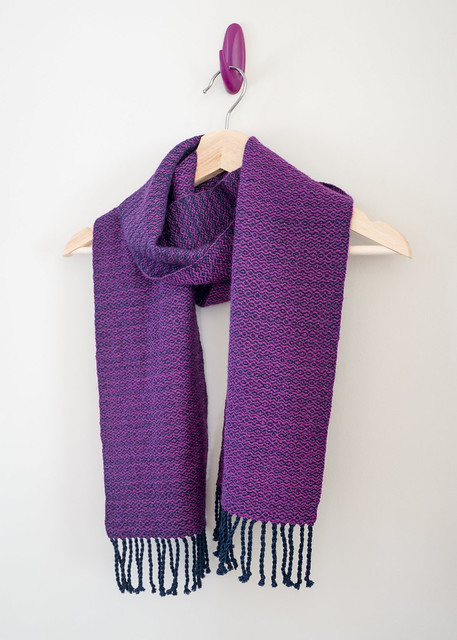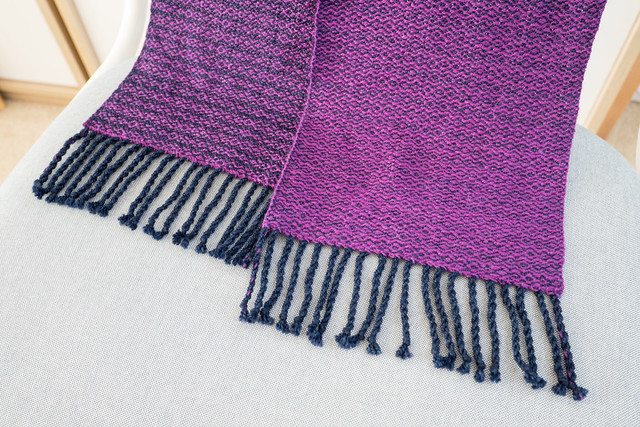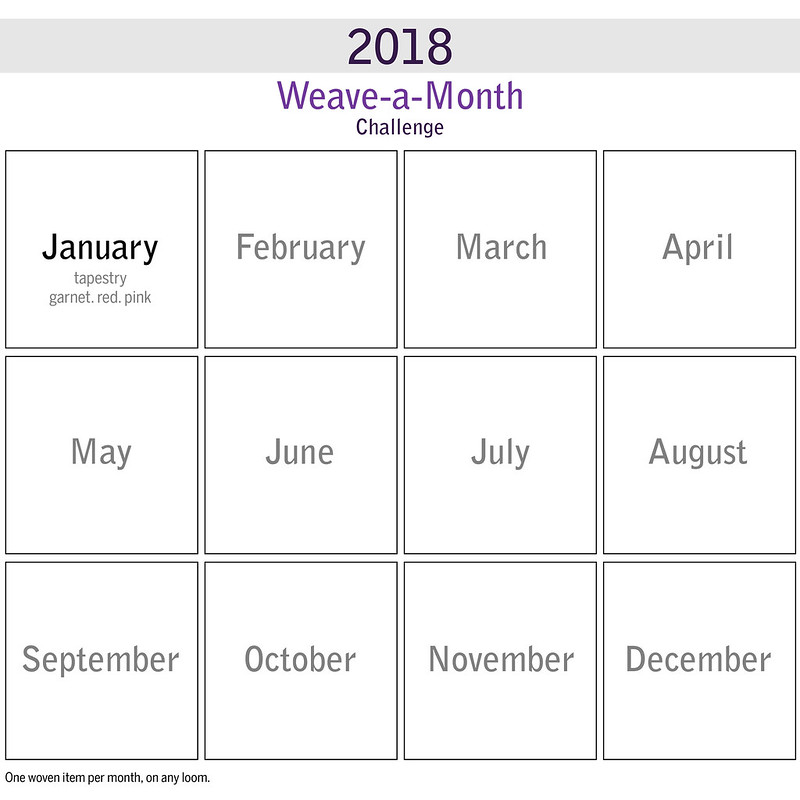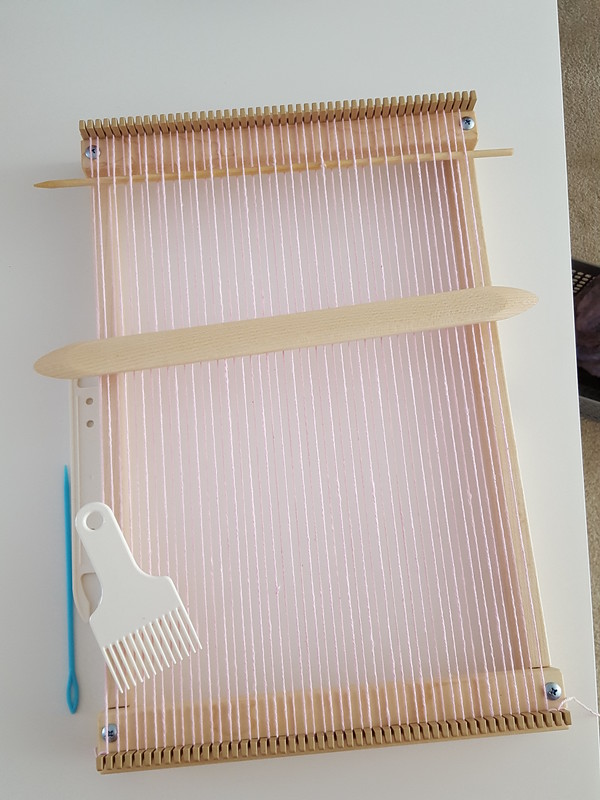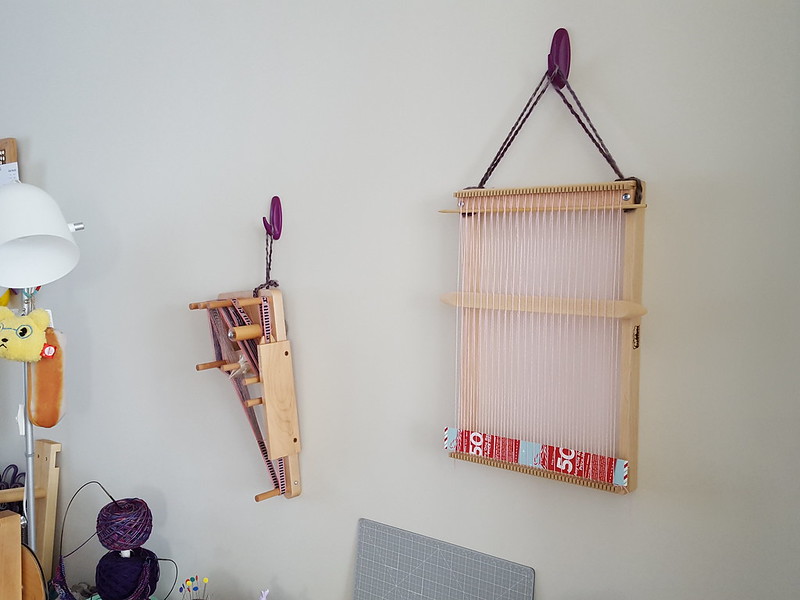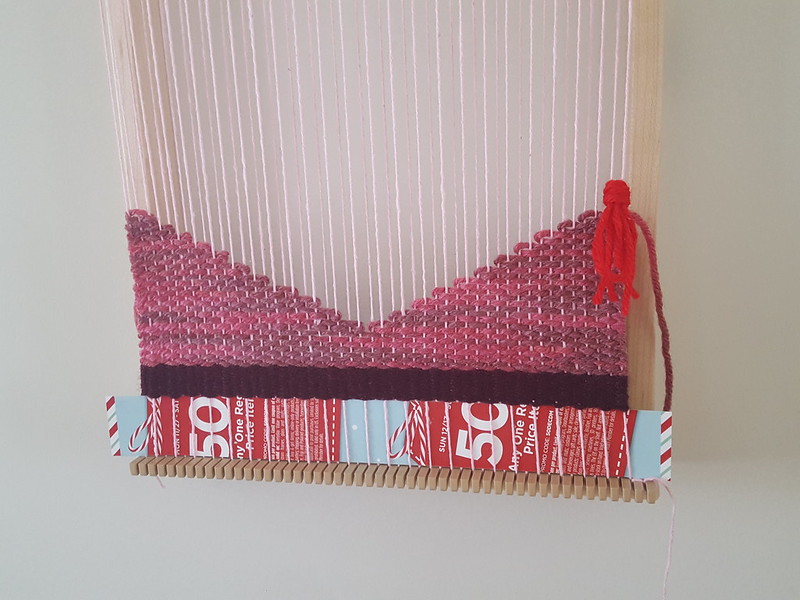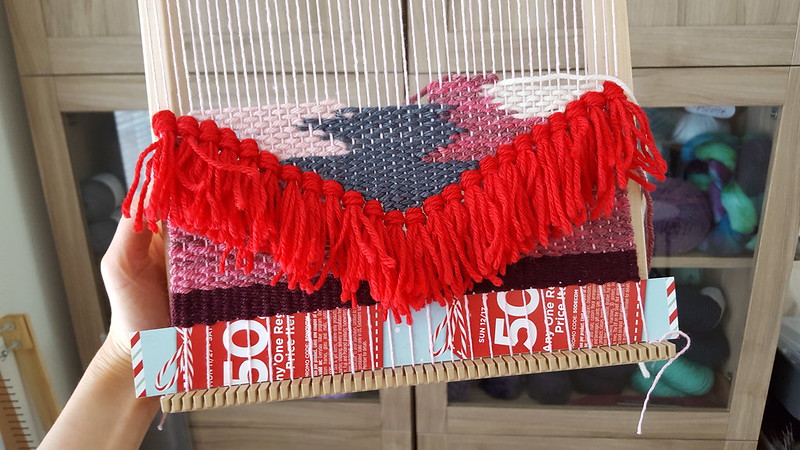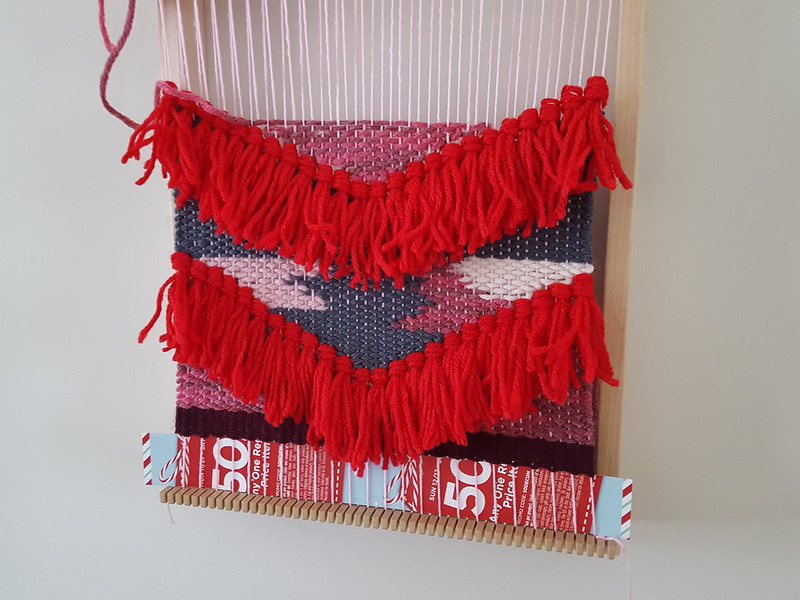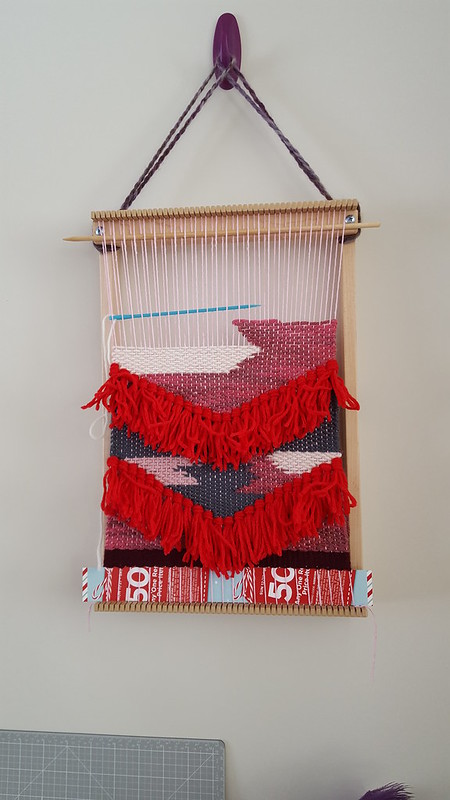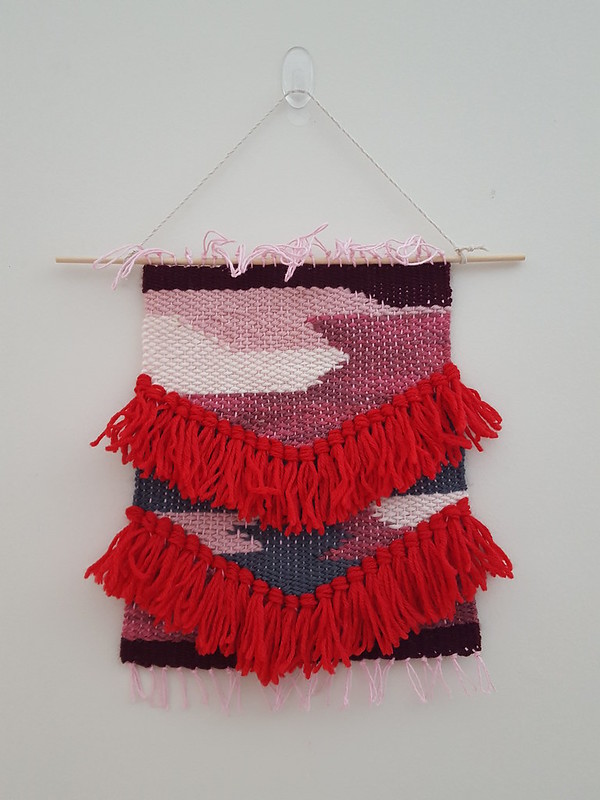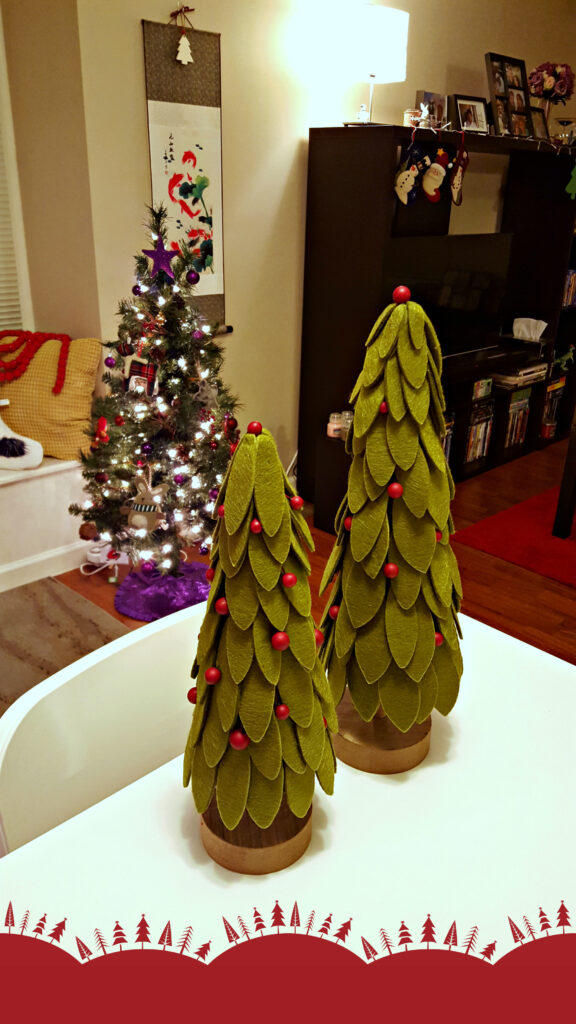Occasionally, I’ve used Dall-e to generate images when I’m feeling uninspired or to use as reference. I believe it’s similar to artists using other artists’ artwork as references. They use it to paint or draw as practice, not to make art that’s for sale. I would say I’m not as imaginative as Dall-e, but sometimes the art generated can be considered creepy as well.
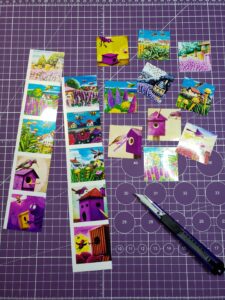
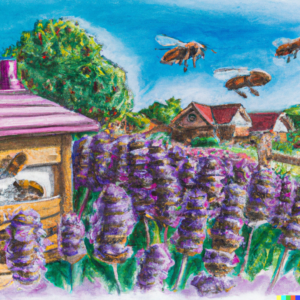
Above are some art that I generated. I thought some of them might make interesting stickers to use in my sketchbook, so I printed them on sticker paper and cut them out for my own use. I also painted the scene with bees, beehive and lavender flowers using oil pastels on canvas board.
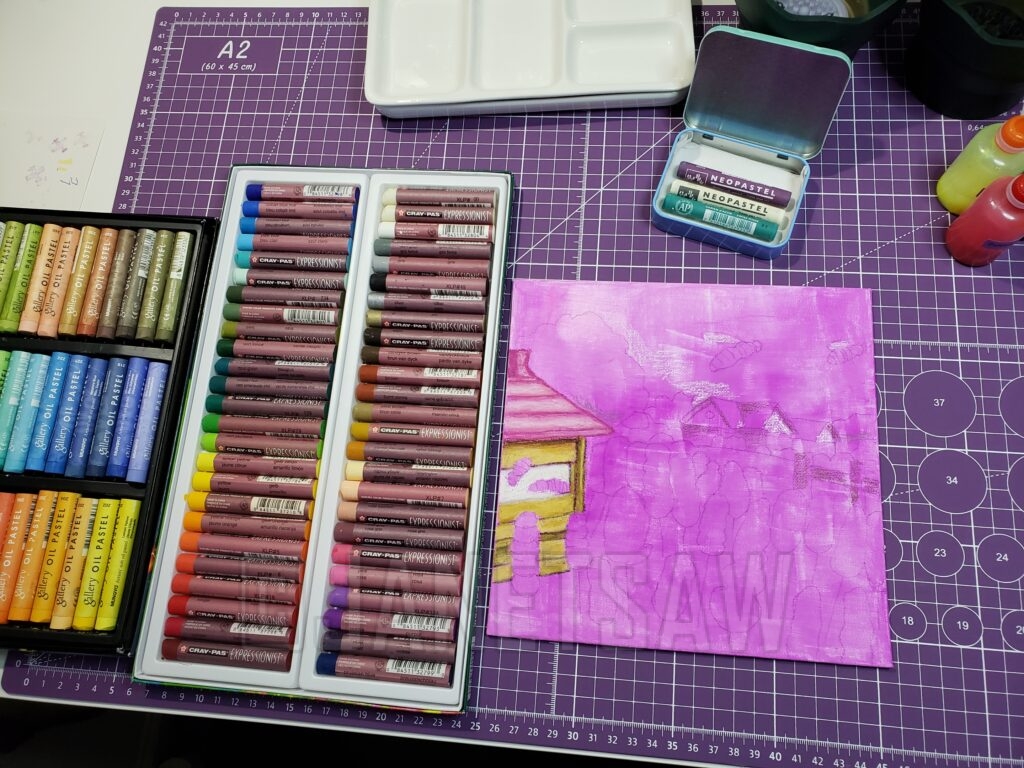
Until then, I hadn’t used my oil pastels very often, and I wanted to see what they would be like to use on canvas board.
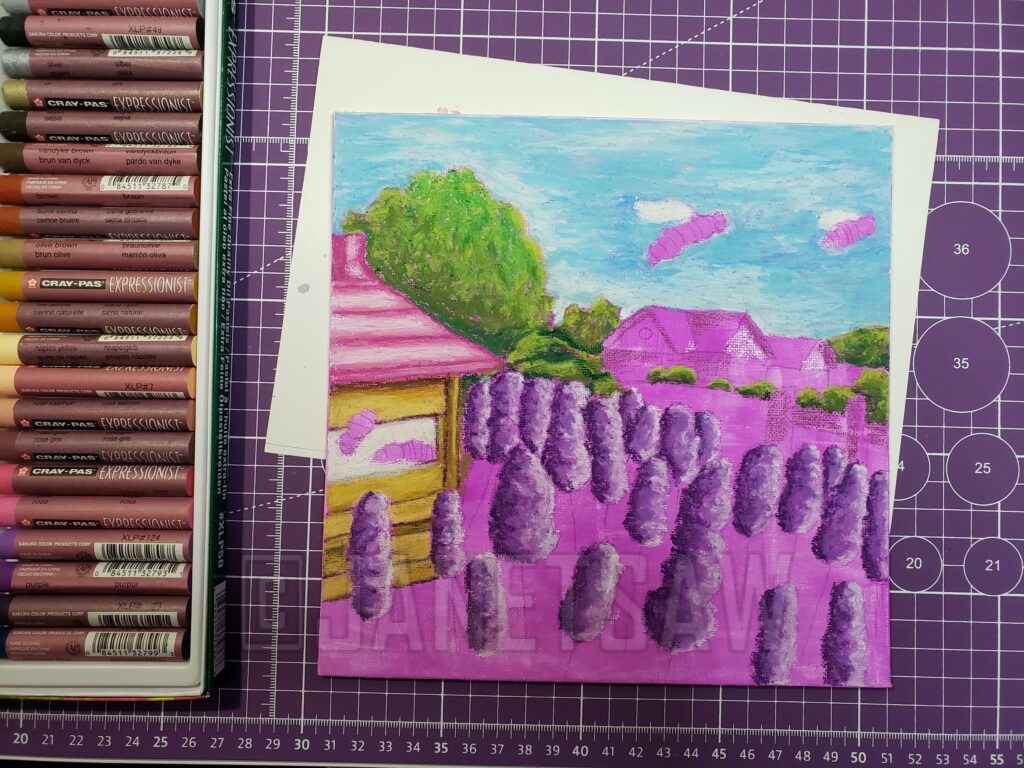
I used the harder pastels first: the Cray-pas Expressionist. Afterwards I could layer the softer Mungyo Gallery and Caran d’Ache Neopastels on top.

Finished artwork! By no means perfect since I’m not used to oil pastels, but this was an interesting trial. The fluorescent purple base colour can still be seen poking through, giving it a pinkish and cool undertone. My mother asked me about this painting when she visited me, probably thinking it looks weird. It is probably very weird and not something I would imagine or create by myself. 😂









